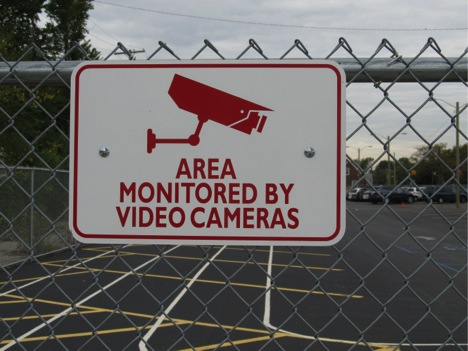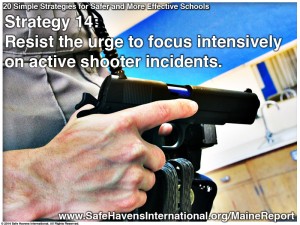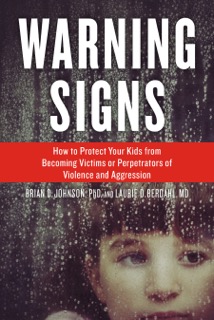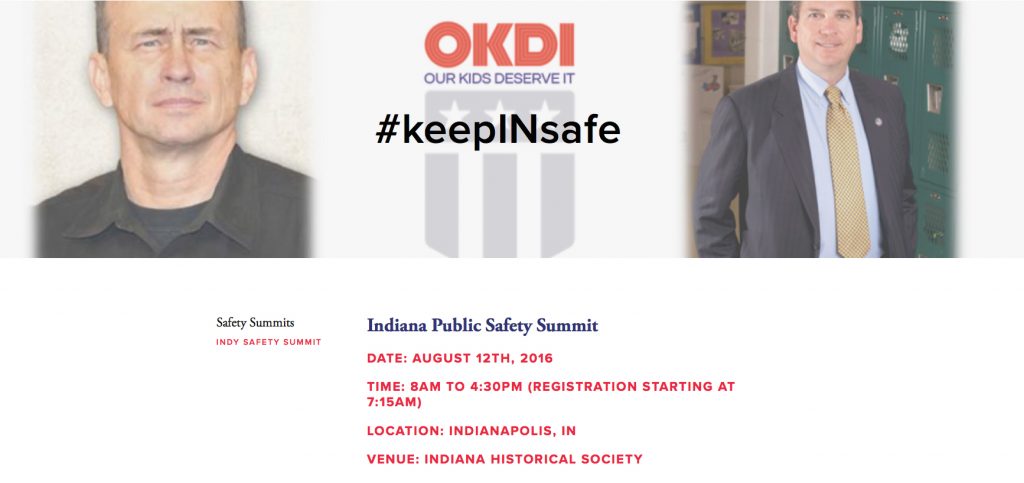
Poor choice of wording on signage relating to school security can pose problems during school safety litigation. Though many vendors provide schools with signage like that depicted, care should be taken not to use signage that implies that video cameras are being monitored.
Security Camera Signage Can Cause Complications in School Safety Litigation
We commonly find signage that can create challenges during litigation while we are conducting school security assessments. One of the most common examples involves security camera signage. We suggest that school officials avoid posting signage that could imply that school security cameras are being monitored, especially when full-time personnel are not assigned to these duties. Attorneys have sometimes successfully argued that this type of language has created a false promise of security during litigation for security incidents.
Balance the School Security Benefits with the Potential Risk Exposure
While I understand the desire to deter misconduct, the legal implications should be considered when posting signage relating to school security cameras. This is not a bad idea even when school security cameras are typically monitored by security personnel as gaps in coverage can still occur. We have also seen instances where budget cuts result in loss of security positions and school officials have forgotten to remove the camera signage which has now become inaccurate.
While signage informing the public that cameras are in use can be beneficial, carefully consider the wording to reduce the chances that your own language will be used against you in a court of law.




